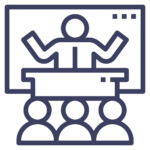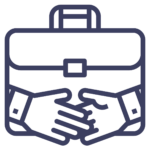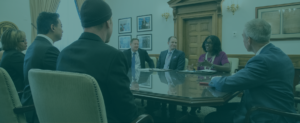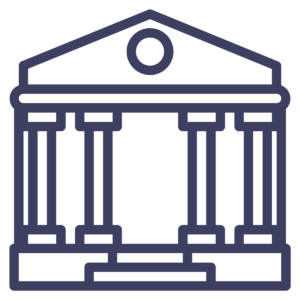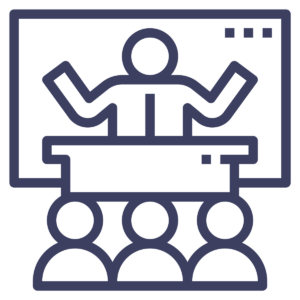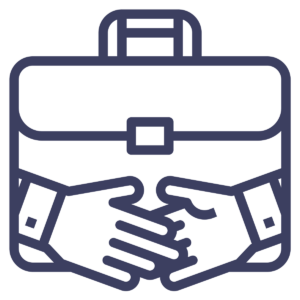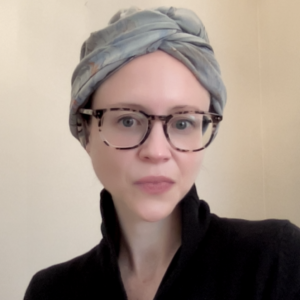
Photo credit: NASA/David DeHoyos
A new NASA Acquisition Innovation Launchpad is collaborating with industry to solve planetary problems.
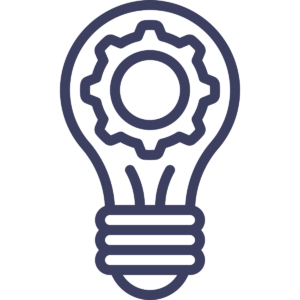 |
THE INNOVATION
|
Following a long tradition of invention, NASA is reimagining the innovation lab concept to promote industry collaboration and strengthen program management practices in procurement. Karla Smith Jackson, assistant administrator for procurement, and Geoffrey Sage, director of the enterprise service and analysis division at NASA, recently launched the NASA Acquisition Innovation Launchpad (NAIL).
The NAIL will bring together NASA’s program managers, acquisition professionals, engineers and researchers to focus on “identifying and adopting transformational commercial business practices, modernized data analytics, advanced technologies for decision making, smart program management techniques and organizational change,” Jackson said, with the intent of making improvements in acquisition culture, processes and policy. “We have a $25 billion a year budget, and 80% of that comes through procurement. We need to make sure we’re spending it equitably.” Jackson said.
The NAIL will be a collocated space for NASA’s 10 centers to collaborate under a central umbrella to share innovation across the community. “Previously, something may have happened at one center and stayed within those four walls,” Sage said. Now that the Office of Procurement has transformed into a enterprise organization, Sage said, the NAIL will enable centers to better share experiments and learnings.
The NAIL has also reinforced innovation at the senior executive level, according to Jackson. “We have an evaluation criterion now where each of our 11 senior executives must sponsor one innovation and then at the end of the year, talk about what it was, what the expectation was, and how it turned out,” she said. “I believe that if I have 11 people that are held accountable for one innovation apiece—it doesn’t have to be enterprise wide, it could be local—that something is going to work, and we can together change our mindset and the way we’re doing business.”
The NAIL aims to go beyond the federal procurement labs that have come before. The biggest difference between the NAIL and its predecessors in other agencies, according to Jackson, is how NASA’s “launchpad” is intentionally engaging industry.
The industry piece, “that’s really something that we’re creating in this space,” Sage said. “For example, for the development of our lunar terrain vehicle, we actually sent a group of our engineers to talk with General Motors, to explore their factory and understand their design concepts,” Sage said. “We’re not necessarily solving unique problems here. We want to be able to leverage other ideas by working together.” Sage stressed that “collaborating with industry during the requirements phase of our procurements will result in more efficient, cost effective designs and/or solutions to help us meet our Moon to Mars objectives.”
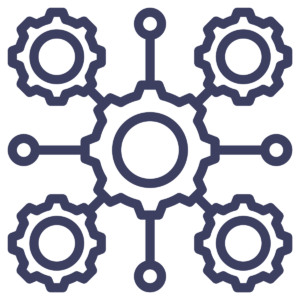 |
THE IMPACT
|
The potential impact of working with industry is profound. When the NAIL debuted, it invited industry to suggest procurement-related process, tool, or technique innovations, and within a few days had over two dozen submissions. “There are a lot of new technology innovations we can leverage in the commercial space as well as different types of industry partners,” Jackson said. NASA goals include reducing cycle times and costs, and meeting schedules. The NAIL, she said, will be “the enabler that’s going to allow us to meet those goals.”
“We couldn’t have gotten to the moon in the 60s if we didn’t have all those industry partners with us. It was a joint effort, and we haven’t forgotten that. Collaboration is at the core of NASA NAIL.”
– Karla Smith Jackson, Assistant Administrator for Procurement, National Aeronautics and Space Administration
The innovation launchpad is institutionalizing the idea of innovation and the process of working with industry to tackle challenges, Sage said. “We—NASA and industry—can both benefit,” he added. “The idea of a culture of innovation is going to be a big, big push for us within the NAIL,” he said. “We’re rethinking how we do business and how we continue becoming more efficient and effective.”
The partnership with industry has served NASA well for decades. “We couldn’t have gotten to the moon in the 60s if we didn’t have all those industry partners with us,” Jackson said. “It was a joint effort, and we haven’t forgotten that. That collaboration is at the core of NASA NAIL.”
Takeaway
Collaborate with diverse industry partners to leverage cross-sector solutions.





